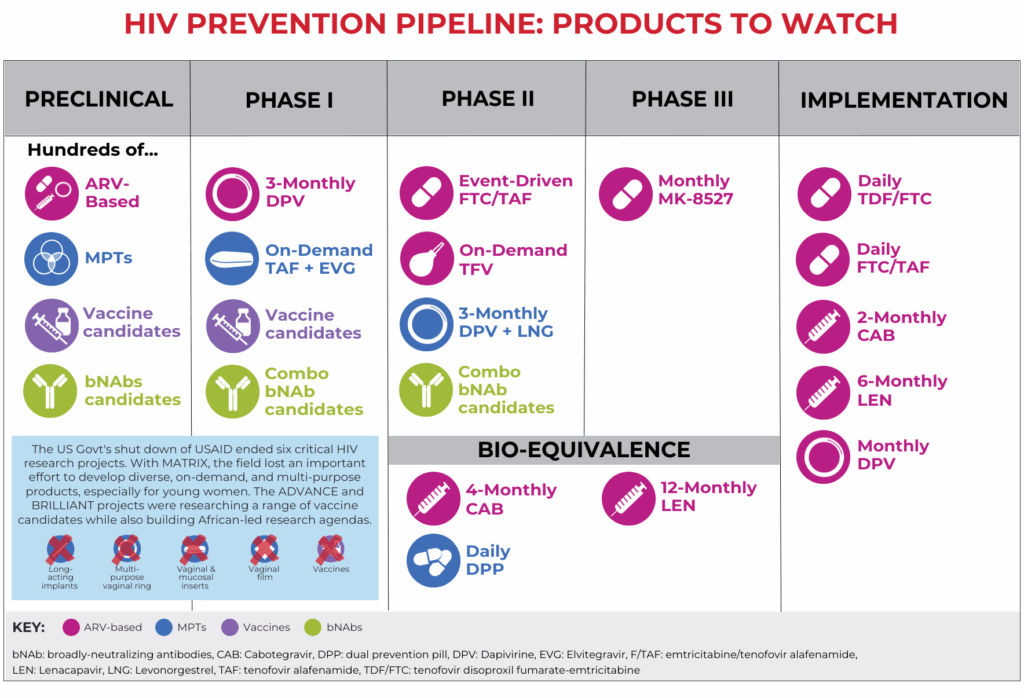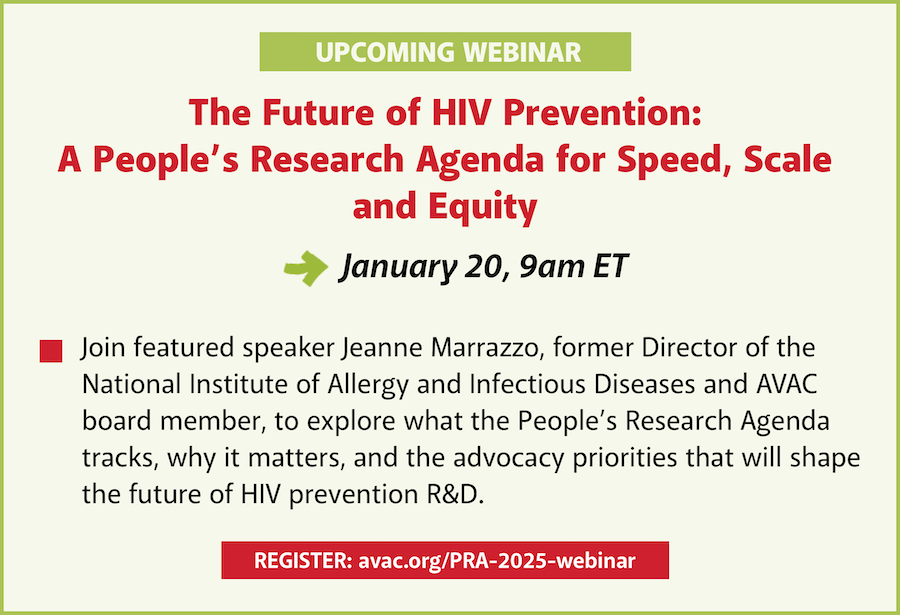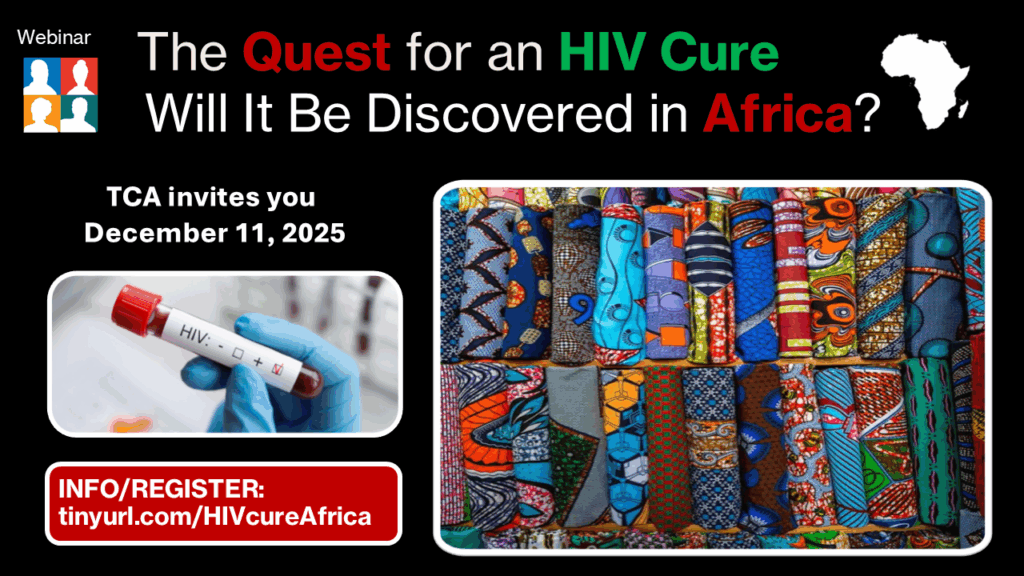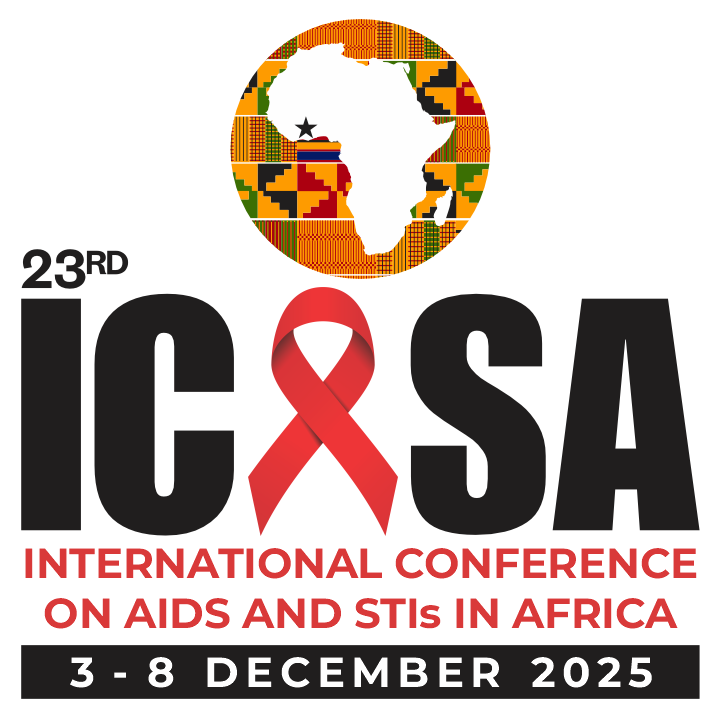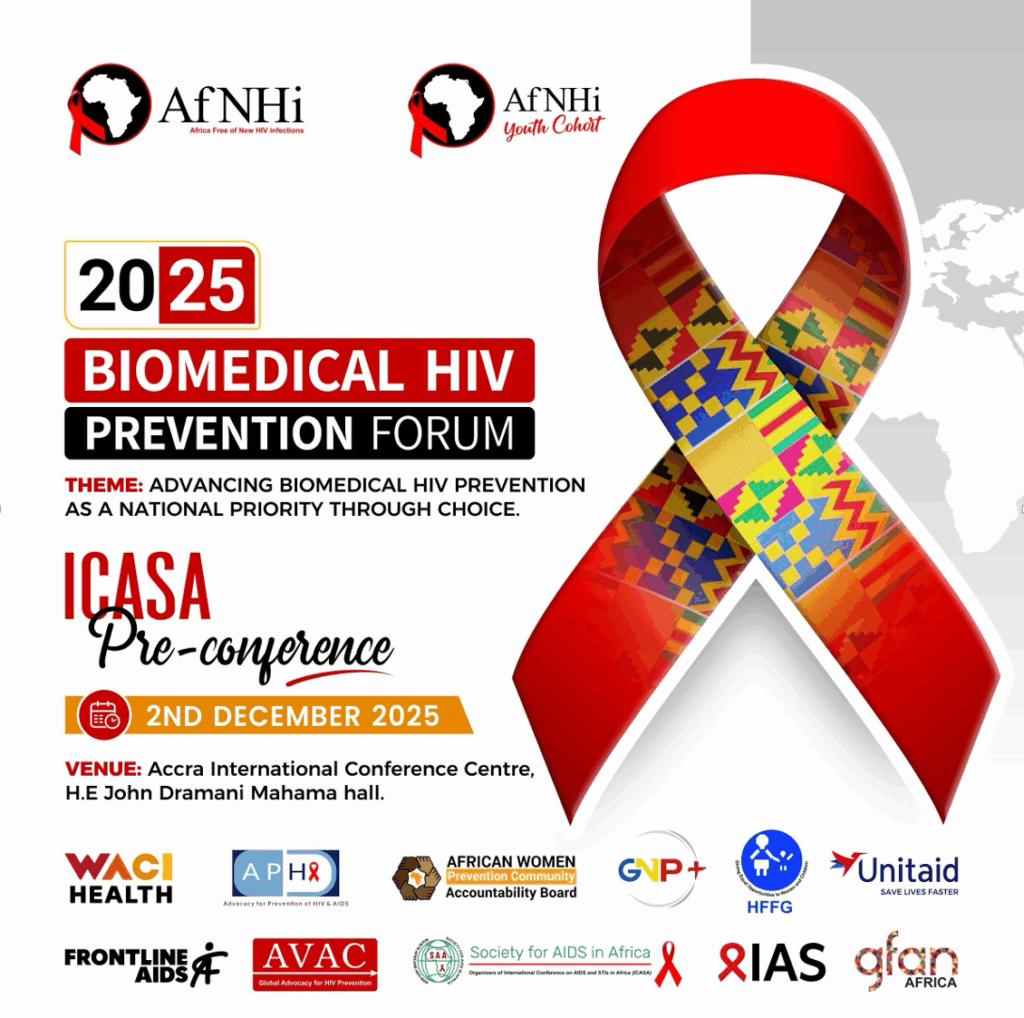When the US Food and Drug Administration approved lenacapavir (LEN) for PrEP, it offered something rare in public health: a genuine turning point. We now have one of the greatest opportunities and scientific breakthroughs that we’ve had in HIV in 44 years: a twice-yearly injectable that showed near-complete protection against HIV in major trials. Science has given us a breakthrough. What happens next is up to us.
But as AVAC Executive Director Mitchell Warren recently noted on ABC News and CNN, this moment of possibility is colliding with a moment of profound danger. The US administration’s proposed cuts to HIV prevention programs could reverse decades of progress in research, care, and rollout of new options. If that happens, even the most powerful tools like LEN will fall short. This is not a theoretical concern. It’s a warning, and one we must urgently act on.
We cannot let cruel international policy allow historic gains to collapse just as a new, highly effective prevention option arrives. That is why rolling out LEN — to all countries that need it — with speed, scale, and equity must be our uncompromising priority. If we do this right, we can change the trajectory of the epidemic — but only if we act at the pace the science demands.
- Speed means national programs must approve, adopt, and distribute LEN now — not after years of bureaucratic drift or pilot-project hesitation. People at risk cannot wait.
- Scale means strengthening and funding the infrastructure to make LEN widely available — across entire systems and communities.
- Equity means ensuring LEN reaches the people most affected by HIV — including and prioritizing those historically sidelined, discriminated against, or left behind — not just the communities that are easiest to reach.
Without speed, we lose momentum. Without scale, we limit impact. Without equity, we repeat the failures of the past.
We are in a golden moment, where innovation, evidence and opportunity align. But proposed funding cuts could undo everything. These aren’t abstract numbers on a page. These cuts would shutter clinics, slow prevention, restrict treatment, and roll back the very systems that allow new tools like LEN to reach people.
As Mia Malan recently reported in Bhekesisa, the US government recently announced that it would, join the Global Fund to buy LEN for African countries with high HIV infection rates. She reports, “the Trump administration revealed its support was a “market-shaping initiative” with the goal to increase LEN production and uptake, and, in effect, bring down the price of the jab as fast as possible, so that countries could eventually buy the medicine themselves. But they left South Africa — with the largest market for LEN, because it has the highest number of new HIV infections in the world — off the list.”
Warren spoke with Malan about this misguided decision, saying “If you want to build large volumes of a product, whether it’s lenacapavir or Coca-Cola — because we know that large volumes will lower prices — you make sure you start off with the biggest market, because that’s how you will shape the market the fastest and most meaningfully. So South Africa is the place where you’d want to be. Economically, because that’s how you will build the market the quickest. Epidemiologically, because that’s how you will prevent the most new infections. Practically, because that’s the country with the most mature HIV prevention medication market in the world.”
It makes no sense to celebrate the arrival of a breakthrough PrEP option while simultaneously dismantling infrastructure required to deliver it. We cannot allow ideology take over epidemiology. And we cannot end HIV with half-funded programs and half-hearted commitments. We cannot end HIV by retreating just as we need to push forward. We cannot end HIV if we abandon the global leadership that have made decades of progress possible.
This is the paradox we face: extraordinary scientific promise shadowed by political short-sightedness. To realize LEN’s potential we need urgency, not hesitation. Governments must rapidly integrate LEN into national guidelines, commit domestic funding, and remove regulatory and logistical bottlenecks. Global donors, especially the US government, must protect and expand HIV investments, not shrink them. Scaling LEN requires resources, commitment, and sustained political leadership. Community organizations must lead rollout strategies, ensuring they are people-centered, stigma-free, and grounded in lived experience. And advocates must insist that LEN is rolled out now.
If we get this right, LEN will be a global prevention pillar: accessible, trusted, and transformative.
Let’s be clear. Every funding cut can represent at minimum, a delay. Every delay in rollout is a missed chance to prevent infections. Every un- or underfunded clinic is a barrier to access. Every policy is a choice to be inclusive or leave someone behind. No one should face risk of HIV simply because innovations didn’t move fast enough, weren’t scaled broadly enough, or weren’t delivered equitably.
We must act like the future depends on our choices, because it does. Science alone won’t get us there. Speed, scale, and equity will.
